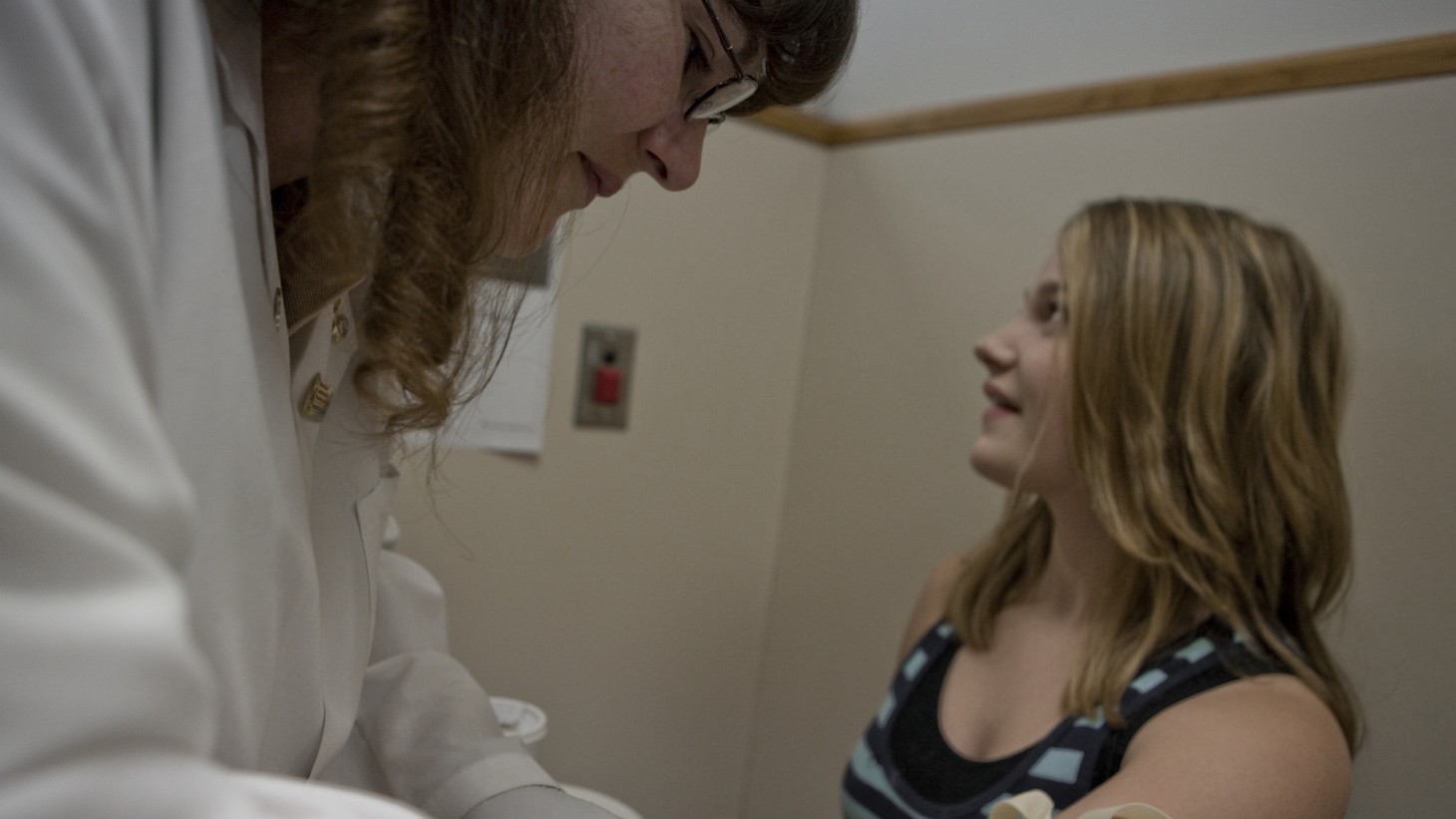Lab Teams Collaborate to Ease Workload, Speed Tests
Teams Collaborate to Ease Growing Workload

Two lab teams found a way to meet increased demand
The Molecular and Cytology Lab unit-based teams in Stapleton, Colorado, were facing a challenging trifecta. Increased membership, changes in guidelines from the Centers for Disease Control and Prevention (CDC) and slow work processes made it tough to quickly process two widely used tests.
Membership in the Colorado region has grown by more than 60,000 members since 2013 in part because of the Affordable Care Act. Total membership in the region is now at its highest ever, with more than 600,000 members. The influx of new members is a strain on the system, and teams are digging in deeply to meet those members’ needs, from the first point of contact in the medical office to the last encounter as they pick up their prescriptions on the way out.
The lab teams are feeling the pressure, too—especially since they also process samples for the Georgia region, which is expected to grow, and they still do some work for facilities in the former Ohio region, which was sold to another health plan last year.
“We knew there would be an increase in the number of tests we would be doing. We also knew that our process was very labor intensive,” says Roxanne Whitesides, the Molecular and Specialty Testing manager. “Already this year, we’ve increased our workload 10 percent because of an increase in membership.”
Preventive care approach
The screens in question are for the human papillomavirus (HPV) and the Papanicolaou (Pap) test. Both detect disease at an early stage when treatment is highly effective, and so are central to Kaiser Permanente’s preventive care approach. As of June this year, the Molecular and Cytology teams—each of which has a role in processing the screens—already had processed 23,300 Pap screens and 16,800 HPV screens.
Meanwhile, CDC guidelines on HPV were revised in recent years and now recommend that women age 30 to 64 have an HPV screening and that girls as young as 11 receive the vaccine. The agency says HPV is the most common sexually transmitted infection in the United States. Some strains can cause cancer, and the CDC says about 21,000 of the HPV-related cancers each year could be prevented by the vaccine.
Because of the changed recommendations, even before the enrollment jump, the labs were seeing an increase in the number of HPV screens they processed. In 2012, the labs processed 650 HPV screens a month. By this spring, the monthly average had more than quadrupled: the average for March, April and May 2014 was 2,800 per month. In May alone, 3,354 samples were processed.
Labor-intensive processes
The final hurdle the teams faced was that their processes were labor intensive, requiring significant hands-on time from the technician. There was frequent back and forth between the Cytology and Molecular departments, which caused delays and interruptions. The complex work processes added to the pressure of the growing workload and caused frustration and tension.
The teams began an intensive study of what other labs were doing, including researching the latest technology. They visited other sites and vendors and decided to go with a cutting-edge Roche instrument. The pathologists—who work closely with the labs—supported getting the new equipment, and the lease was fast-tracked for installation. The instrument was in place within two months.
At that point, the teams set to work to figure out how their processes would change with the new equipment.
Cross-training provides insights
“We trained each other on the new equipment and on the processes within the two departments,” said Luann Martin, a cytology technologist, UFCW Local 7 member and co-lead of the Cytology unit-based team. “I could appreciate things going on in both departments.”
The collaboration between the Molecular and Cytology departments enabled them to improve their work processes and interactions—and ensured that as one problem was fixed, another wasn’t created.
“It’s important to keep talking. People have different expectations and comfort levels,” says Beth Fisher, a medical technologist, UFCW Local 7 member and co-lead of the Molecular UBT. “Be patient with one another,” says Melissa Baca, a cytologist lab assistant, SEIU Local 105 member and union co-lead of the Cytology UBT.
Most important, Fisher says, the new equipment is enabling the teams to meet the growing demand.
“The big payoff is that we're able to process all those HPV samples in less than half the time it used to take, so we've been able to absorb the workload increase with no new staff,” she says. “And we're able to identify the HPV strains that are most linked with cervical cancer as part of the initial screening. That saves money, because we don't have to send out all the positives for additional testing.”
number of HPV-related cancers that could be prevented each year by the HPV vaccine, according to the Centers for Disease Control and Prevention.
